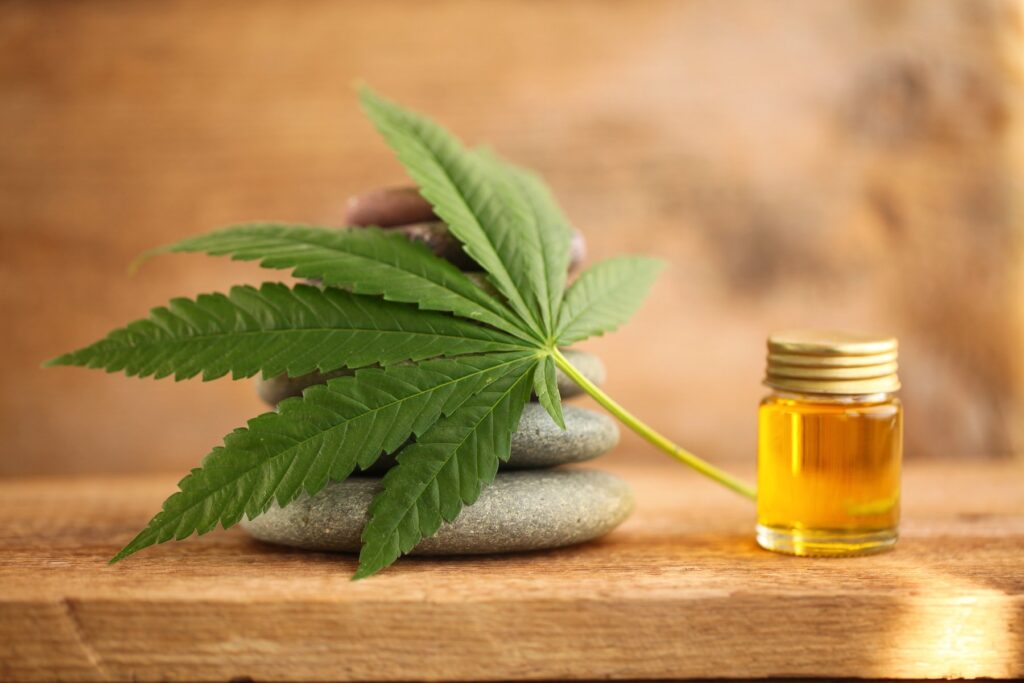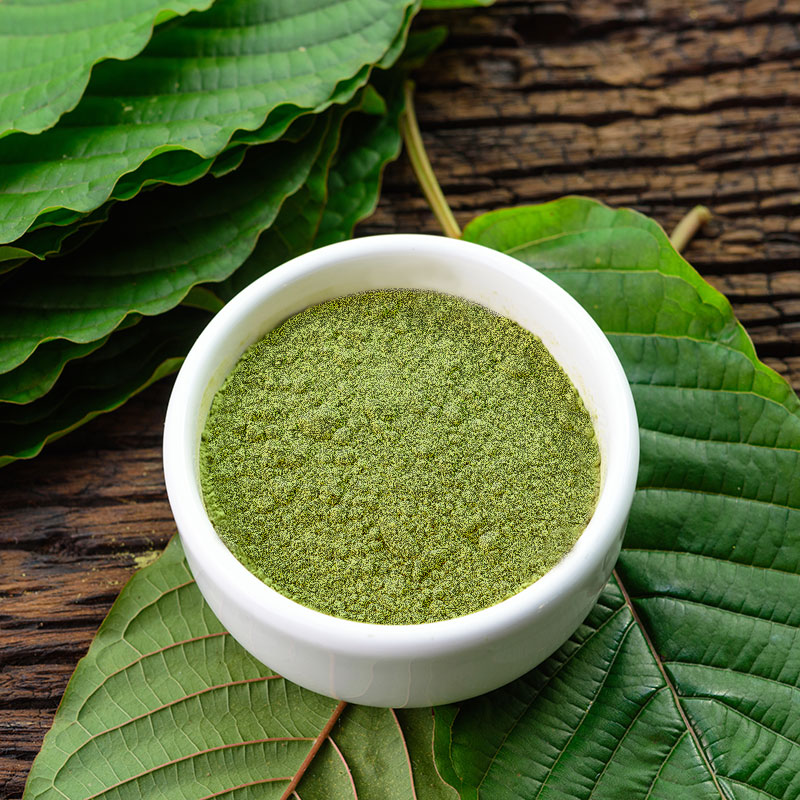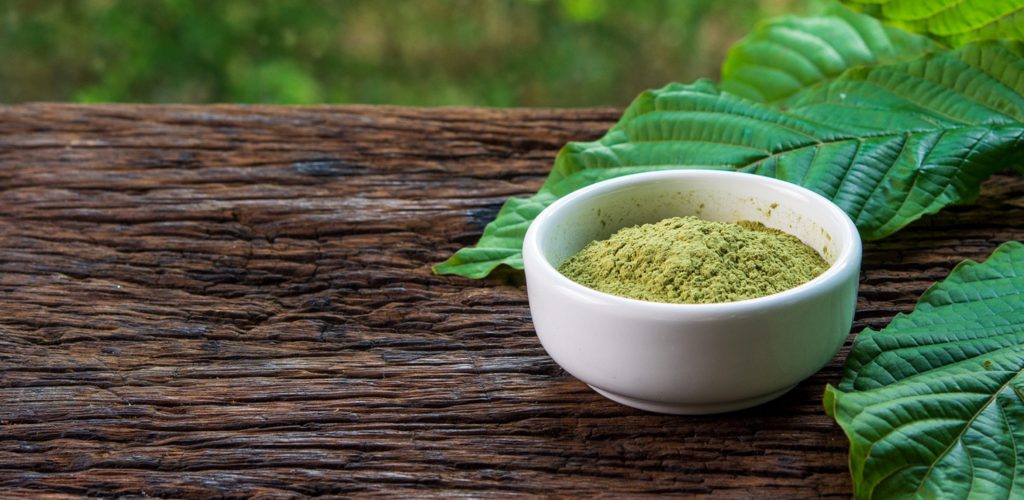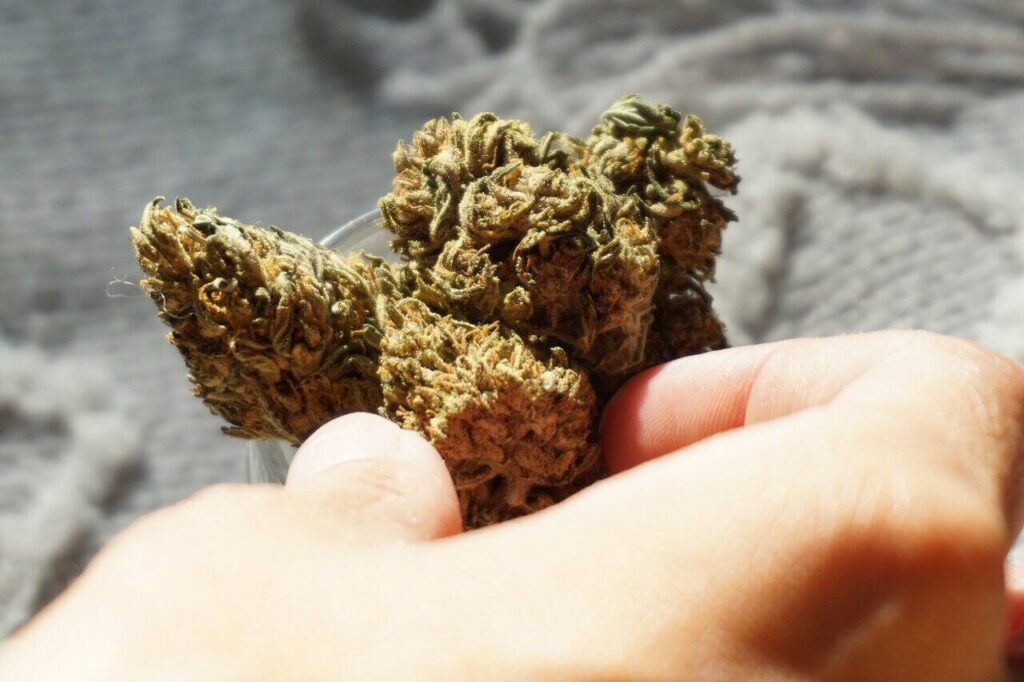In the ever-evolving world of natural wellness, mushroom gummies are emerging as a popular and innovative way to incorporate the benefits of functional mushrooms into daily routines. Traditionally, mushrooms have been revered for their medicinal properties in various cultures, particularly in Eastern medicine. However, as interest in holistic health and natural remedies grows in the Western world, mushrooms have gained significant attention for their potential health-boosting effects. With the increasing demand for convenient and effective supplements, mushroom gummies are rapidly becoming the next big trend in natural wellness. One of the primary reasons for the popularity of mushroom gummies is their accessibility. For many people, the idea of consuming mushrooms in their raw or powdered form may not be particularly appealing. The earthy taste can be off-putting, and the preparation can be time-consuming. Mushroom gummies, however, provide an easy and palatable alternative. These bite-sized supplements are infused with extracts from functional mushrooms, such as reishi, lion’s mane, cordyceps, and chaga.

Each of these mushrooms offers unique benefits, from enhancing cognitive function to boosting immunity and reducing stress. By incorporating these into a gummy form, manufacturers have created a product that is both enjoyable to consume and easy to integrate into everyday life. Another factor contributing to the rise of mushroom gummies is their versatility. As people seek natural ways to support various aspects of their health, mushrooms are increasingly being recognized for their adaptogenic properties. Adaptogens are substances that help the body adapt to stress and promote overall well-being. For instance, lion’s mane is believed to enhance brain function and improve memory, making it a popular choice for those looking to support cognitive health. Reishi mushrooms are known for their calming effects and immune-boosting properties, making them ideal for stress relief and overall wellness. Cordyceps are often used to enhance energy levels and athletic performance, while chaga mushrooms are prized for their antioxidant properties, helping to combat inflammation and support overall health.
The surge in popularity of best amanita muscaria gummies also reflects a broader trend toward plant-based and natural supplements. Consumers today are more informed and cautious about the ingredients they put into their bodies. There is a growing shift away from synthetic supplements toward products derived from natural sources. Mushroom gummies align with this trend, offering a plant-based option that harnesses the power of nature to support health and wellness. Additionally, many mushroom gummy products are made with organic ingredients, free from artificial flavors, colors, and preservatives, further appealing to health-conscious consumers. In conclusion, mushroom gummies represent a fusion of ancient medicinal wisdom and modern convenience. As more people seek natural ways to enhance their health, these gummies offer a simple, enjoyable, and effective way to incorporate the powerful benefits of functional mushrooms into daily life. With their rising popularity, it is clear that mushroom gummies are poised to become a staple in the natural wellness market, offering an accessible gateway to the healing properties of mushrooms.





